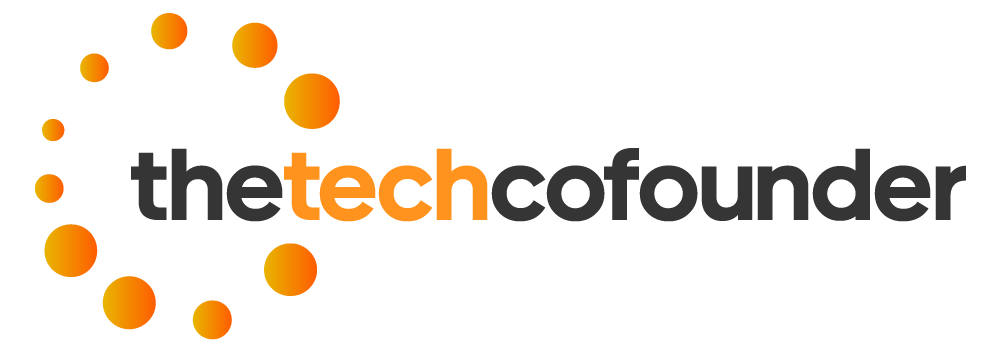The number 4145161210 presents a common challenge in identifying unknown callers. Its structure suggests a US-based origin, yet without further context, its source remains uncertain. Various methods—such as caller ID lookup or reverse searches—can provide clues, but anomalies like spoofing complicate the process. Understanding why such calls occur and how to verify their legitimacy is crucial. Exploring these techniques offers insight into managing suspicious or unwanted contacts more effectively.
Understanding the Format and Origin of the Number
Although the specific formatting of the number may vary, its structure often provides clues to its origin and purpose.
Call format and numbering conventions reveal patterns that can hint at geographic or organizational sources.
Recognizing these subtle distinctions allows individuals to discern potential motives, fostering awareness and empowering those seeking transparency behind seemingly anonymous digits.
Techniques for Tracking the Source of the Call
To identify the origin of a call based solely on its number, a systematic approach employing various technical techniques is necessary.
Analytical methods can detect call spoofing and number masking, revealing hidden sources.
Discreet tracking preserves privacy, enabling the discerning individual to uncover truthful origin details without compromising personal freedom or infringing on privacy boundaries.
Common Reasons Behind Unrecognized Numbers
Unrecognized numbers often originate from legitimate sources that employ call blocking and privacy settings to conceal identities. Such tactics protect user anonymity, enabling calls without revealing personal details.
This deliberate obfuscation can hinder tracking efforts, emphasizing the importance of understanding these common reasons. Recognizing these motives fosters awareness and supports maintaining autonomy over personal communication.
Steps to Take When Receiving Suspicious or Unwanted Calls
When receiving suspicious or unwanted calls, it is essential to approach the situation with a measured and analytical mindset, prioritizing personal safety and privacy.
Implement call filtering techniques and adjust privacy settings to limit exposure.
Discreetly monitor caller information, safeguarding autonomy while maintaining control over communication channels, ensuring freedom from unwarranted intrusion.
Conclusion
Ultimately, the journey to uncovering the true origin of 4145161210 remains shrouded in uncertainty. Despite various investigative techniques, some calls continue to elude clear identification, hinting at deeper layers of complexity—be it spoofing or masked identities. As individuals remain vigilant, the question persists: what hidden information lies beneath the surface? The answer may yet reveal itself, but for now, the mystery of this number endures, quietly awaiting its revelation.







